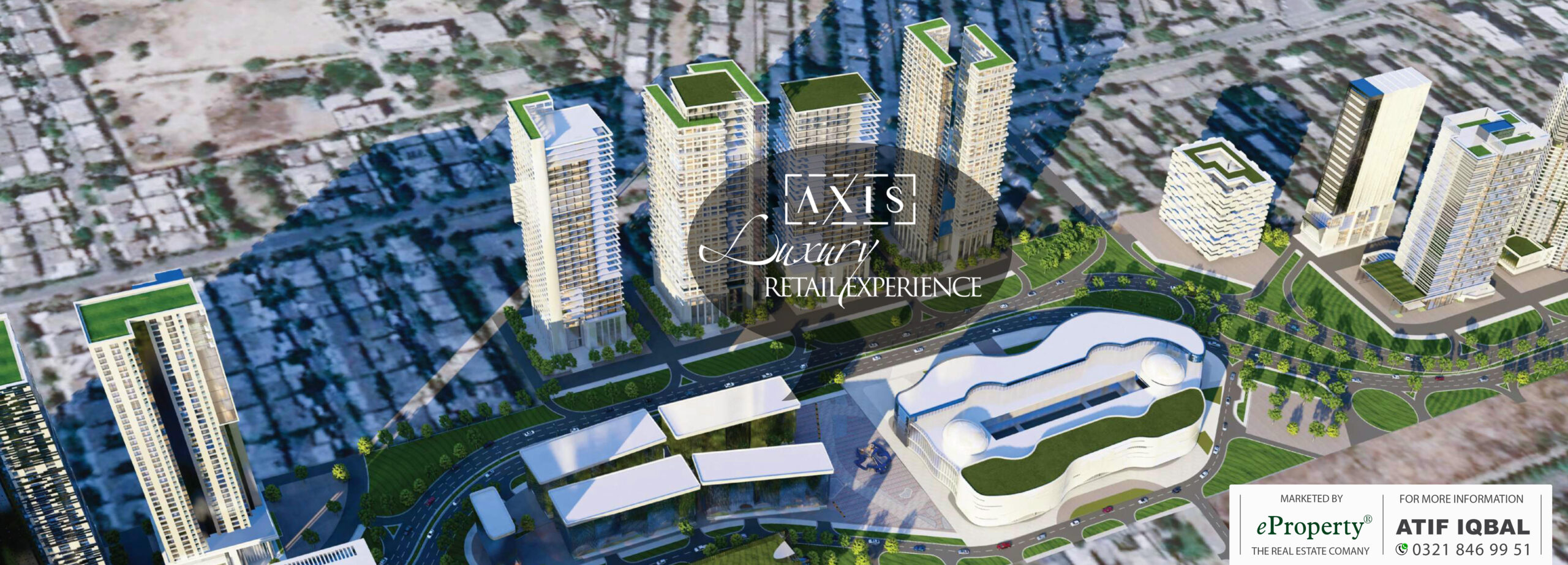The Punjab University was founded in 1882. The history of its creation and founder, the Anglo-Hungarian orientalist Gottlieb Wilhelm Leitner, are remarkable but better served in another column. In 1960, the university constructed a New Campus (now known as the Quaid-e-Azam Campus) on 1800 acres of land along the Lahore Canal.
The New Campus was designed by the Greek architect Constantinos Doxiadis (who also designed the original master plan of Islamabad), and was meant to be an oasis of academia, far removed from the hustle and bustle of the city; a place of uninterrupted learning and quiet reflection.
But Lahore has sprawled since the 1960’s and has not only caught up but gone well beyond the New Campus. It now sits in the middle of the city and, after the recent Supreme Court decision permitting the widening of certain sections of the Canal Road, is bisected by an inner city highway.
Lahore’s urban sprawl is immense. Nearly 65 per cent of its population lives in about 10 per cent of its footprint (the areas north of GT Road and the Railway Station) and the remaining 35 per cent of the population occupy the remaining 90 per cent with a low-density sprawl. It is also estimated that in this city of nearly 10 million people, there are no more than 400,000 private cars on the city’s roads (these figures are of the recent JICA/Government of Punjab survey and are at odds with the figure of 2.2 million maintained by the Excise & Taxation Department — the truth, presumably, being somewhere in between). These cars congest the roads and traffic arteries of the city, including the suburbs where population density is low and automobile ownership high.
A newspaper article now reports that officials from the University of Punjab and the city’s administration met to discuss a proposal to construct, at the cost of Rs800 million, a two-kilometre-road through the New Campus that would connect Wahdat Road to Maulana Shaukat Ali Road. It’s suggested that this road will reduce traffic congestion. This idea is not new — it’s been around since at least 2006 — and has reportedly been rejected several times by the Punjab University Syndicate. While no decision on the matter has been taken, it does raise several important issues about the city, who runs it and where it is headed.
The government has proposed that the university can either be compensated for the acquisition of their land or allowed to run commercial properties on the road to generate revenue. This is an attractive proposal, but raises the question of whether the university should employ such means to raise funds. Academic institutions around the world manage their resources to raise revenue and the primary motive behind such management should be tied to the goals of these institutions as centres of academic excellence. It is for the university syndicate to decide whether or not operating commercial properties along the road can be linked to its goals.
The government must also ask itself whether, in the long-term, building another inner city road is the right decision.
The Government of Punjab has spent billions of rupees in the past few years constructing overpasses, ring roads and thoroughfares in its effort to ‘reduce traffic congestion’. These measures have provided some relief, but only to the minority of automobile users. On the other hand, it has invested considerably less in alternatives such as public transport and in countering the effects of sprawl. Around the world, city managers like ours, are facing the challenges of congestion, transportation and are recognising the importance of mobility in the urban economy. Likewise, they are also focusing on alternatives to automobile-dependent urban planning.
Public transport is a key area that is being ignored. In Lahore, less than 10 million trips are estimated to originate each day. For a city of about 10 million, this is a very low number and below the average of cities of similar size as Lahore. There are less than 1,000 buses in the city (notwithstanding the promise, since 2008, of the Government of Punjab to augment the fleet by at least 1,000 buses).
If the number of buses were to increase, it would mean less dependency on cars, less traffic and also a greater number of ‘trips’. The government must understand that more important than roads, it is access to mobility that will give people increased social and economic opportunities.
Join the eProperty Community for daily Pakistan Property rate updates, the latest developments, and news.
Property buying and selling was never easy before; simply connect with our WhatsApp hotline for absolutely free property consulting. Please save this number, +923111042111 in your contact list to get regular updates from us; otherwise, you will not receive any updates.


